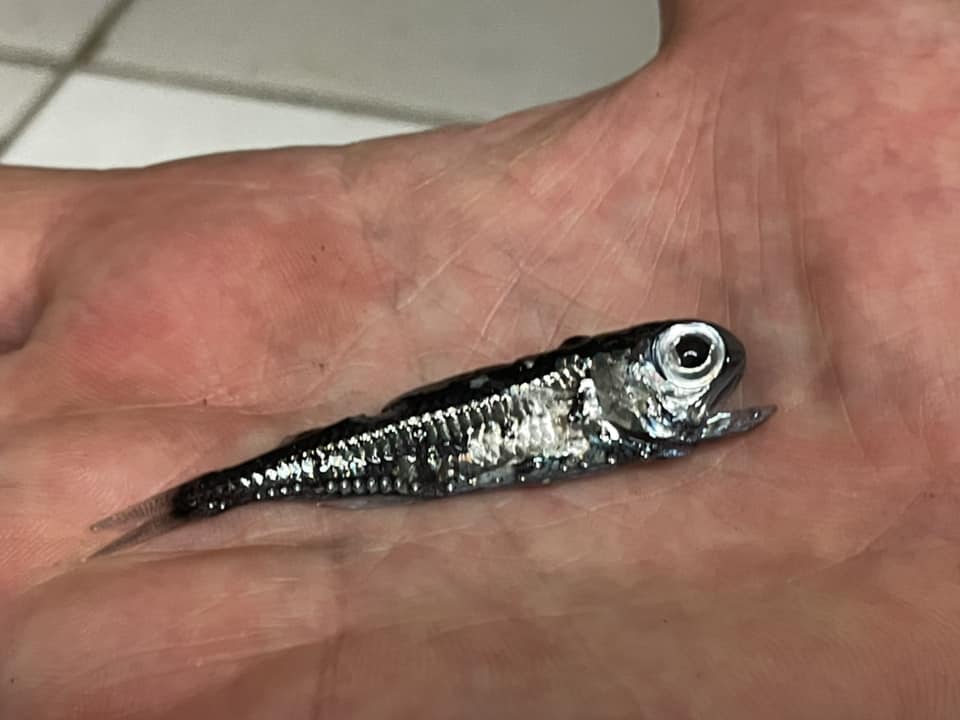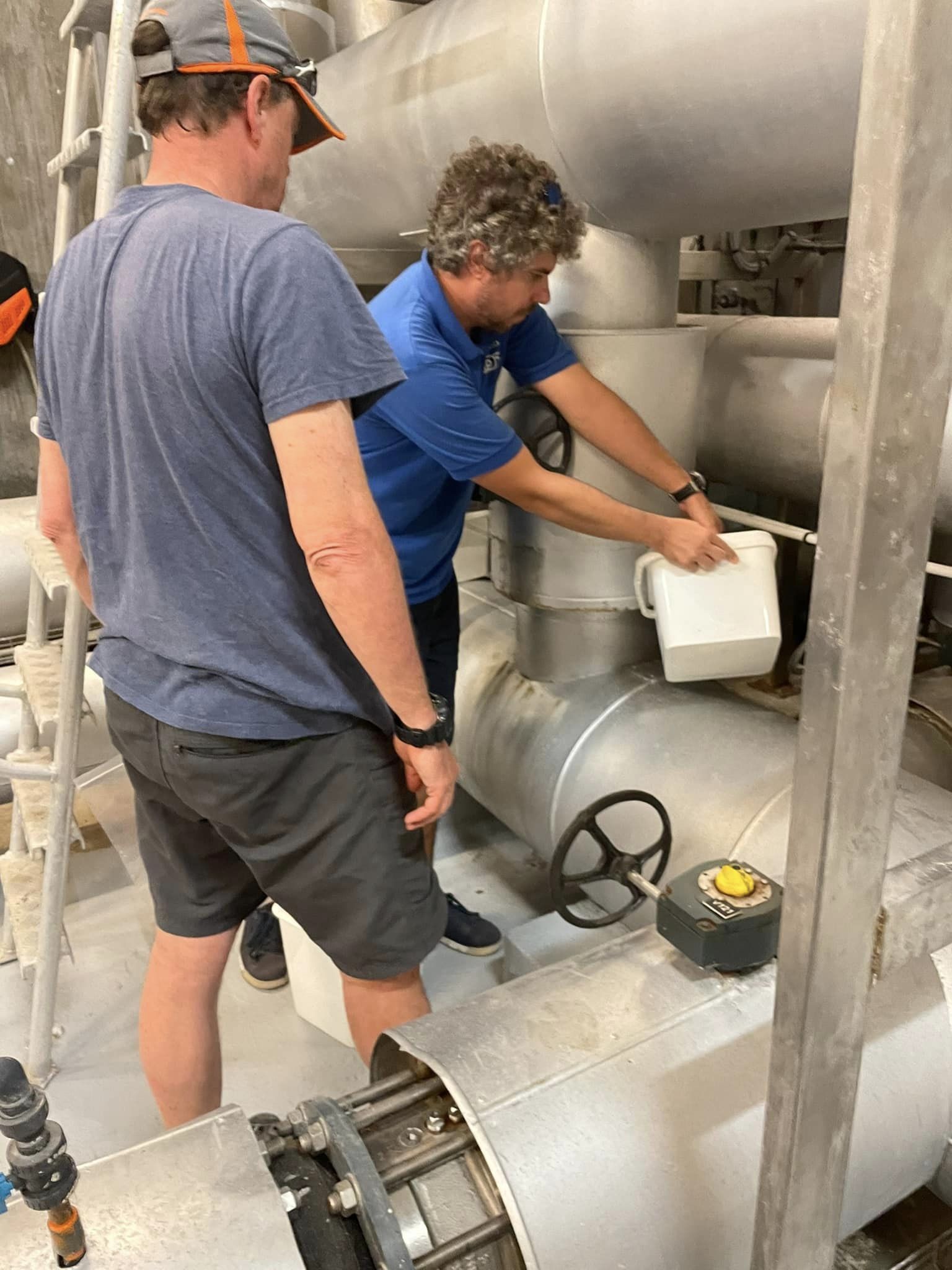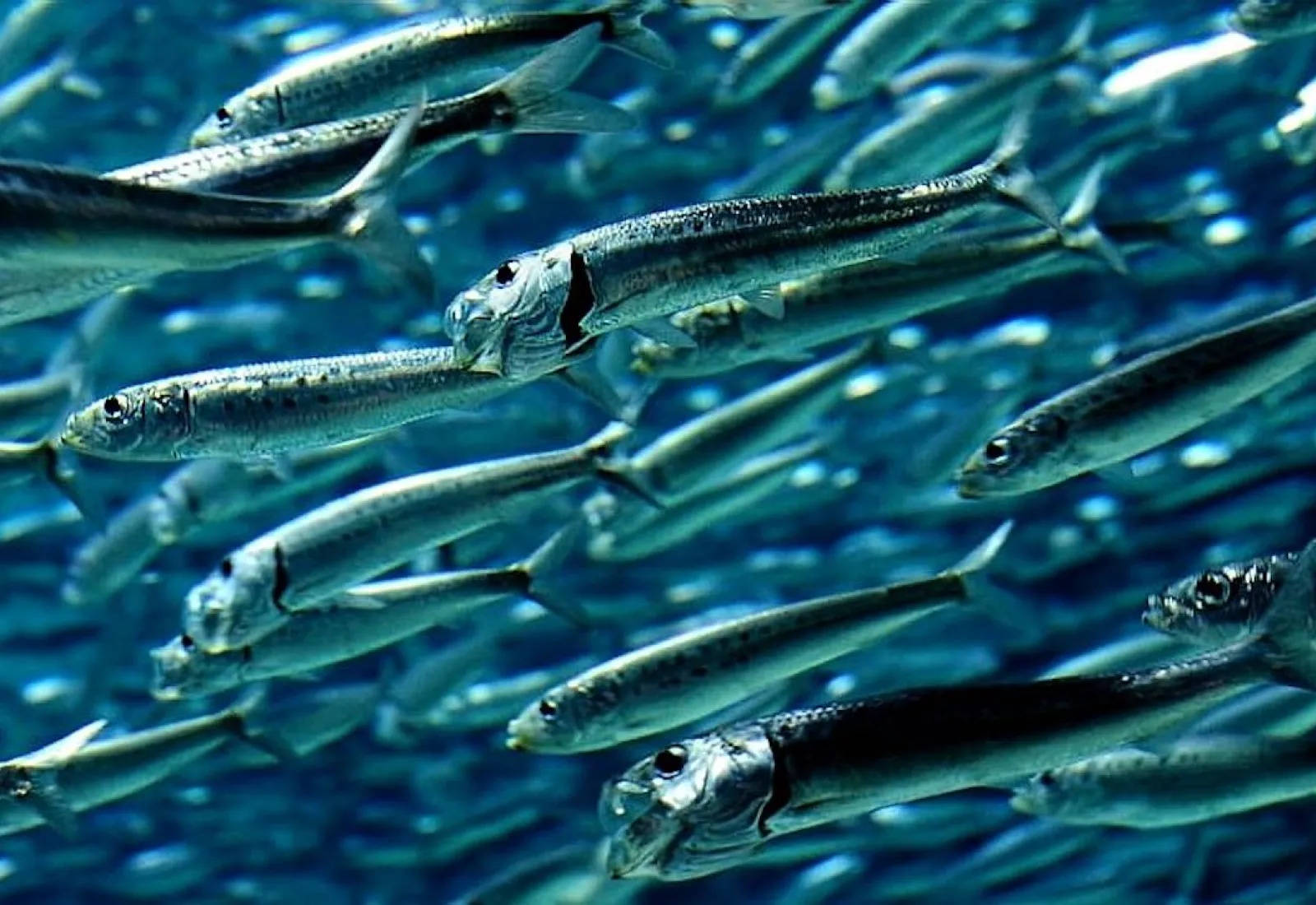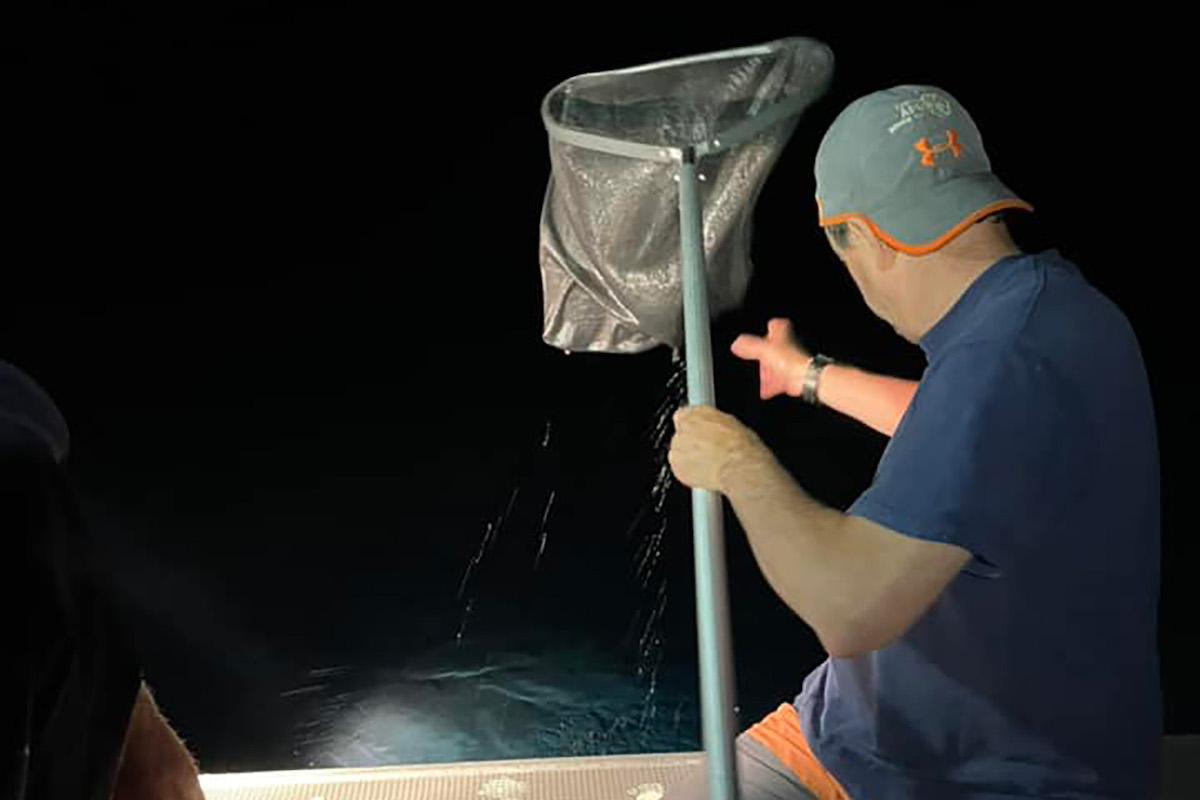The most abundant fish on the planet, deep-water lanternfish, play a lead role in this nightly migration. An understanding of the ecological roles of these species in the Twilight Zone may be key to keeping our oceans healthy in an uncertain future.

Jeff Shima and Steve Swearer on Tetiaroa
Professor Jeff Shima of Victoria University in Wellington, New Zealand, and Steve Swearer spent a month on Tetiaroa recently to begin a new research project to use Tetiaroa as an outpost to study this amazing interaction of reef and deep ocean species.
The project will also use The Brando resort’s SWAC system which is pumping up deep ocean water from 1km down the reef slope. This brings cold deep ocean water into the Ecostation wet lab and will allow them to keep deep ocean fish alive in the lab for studies.




